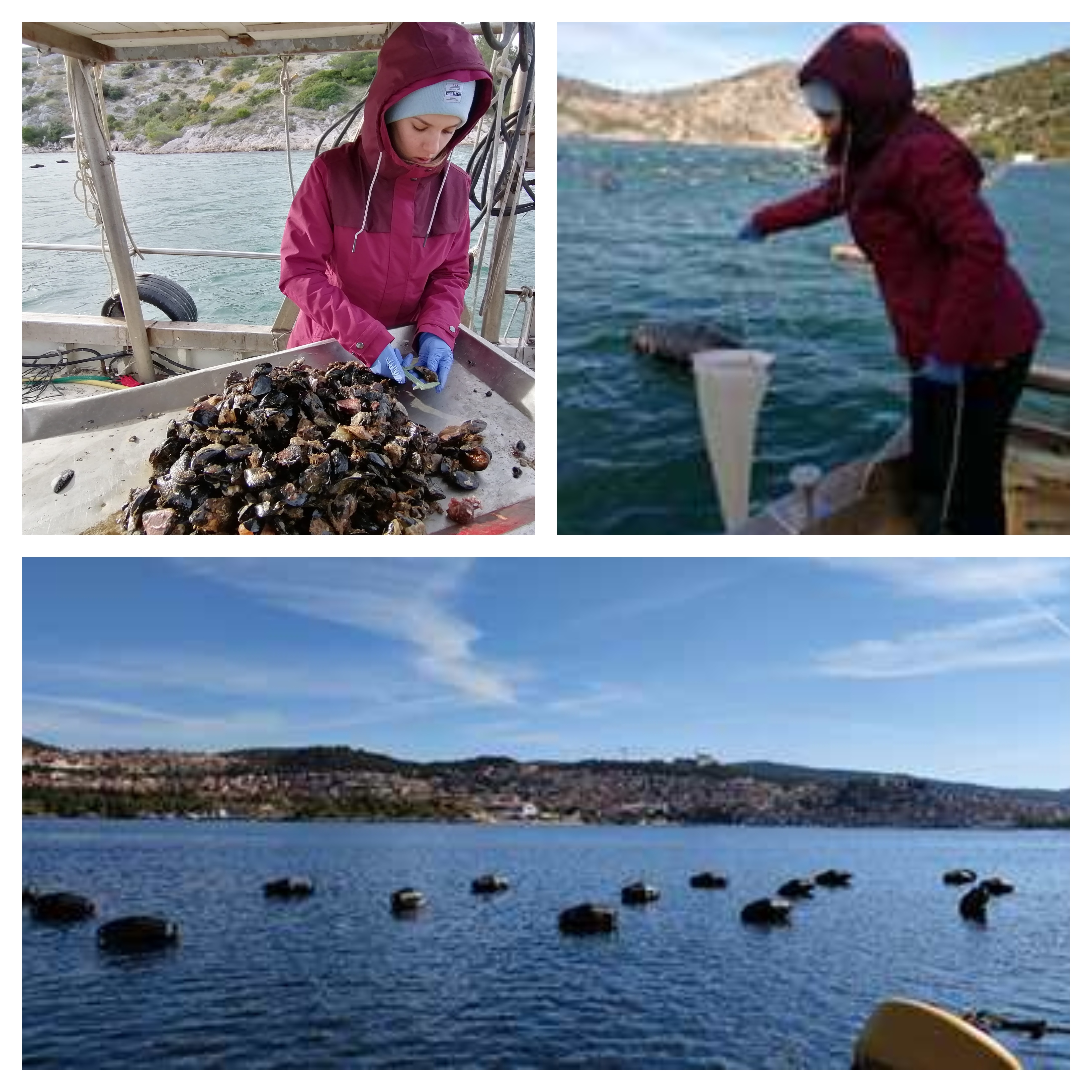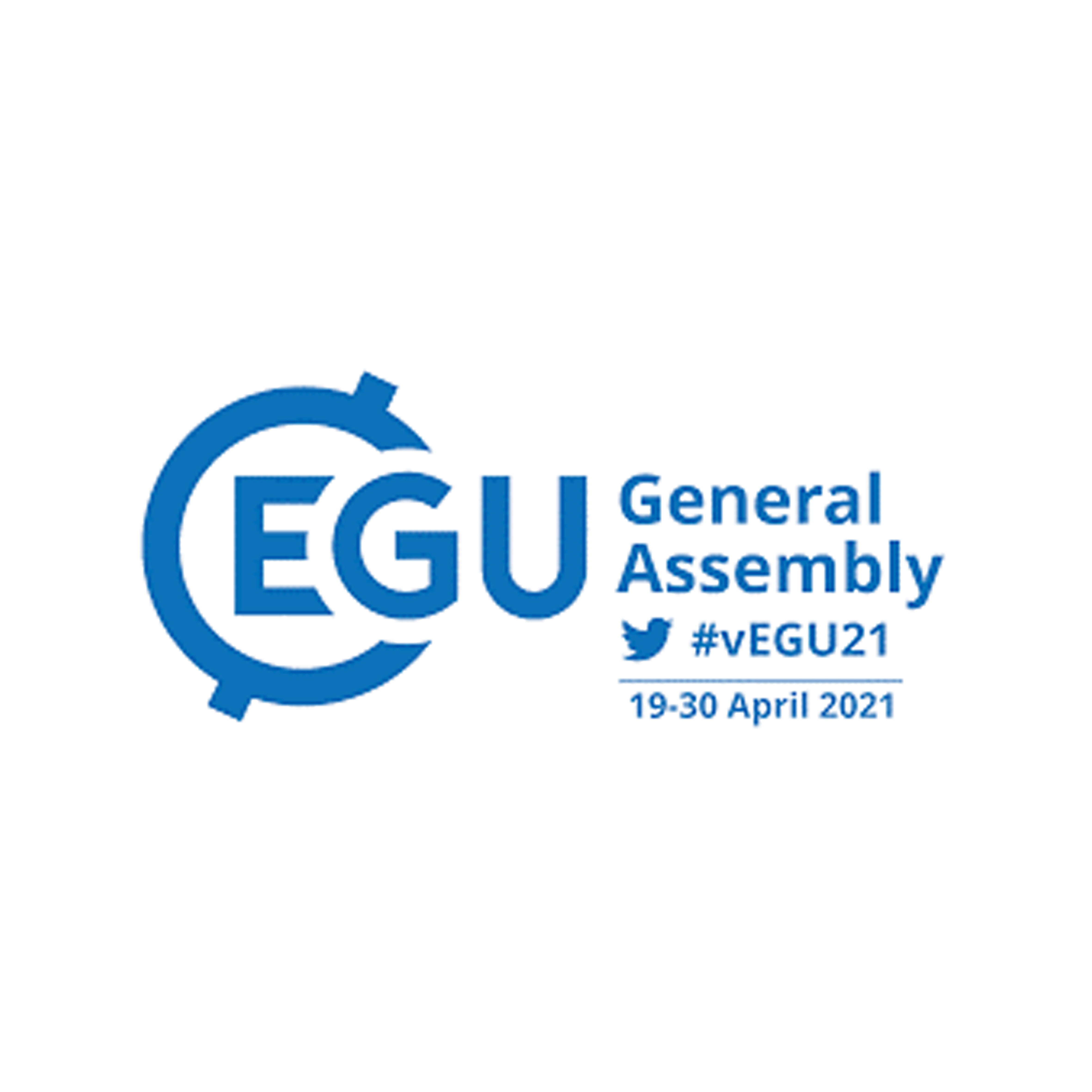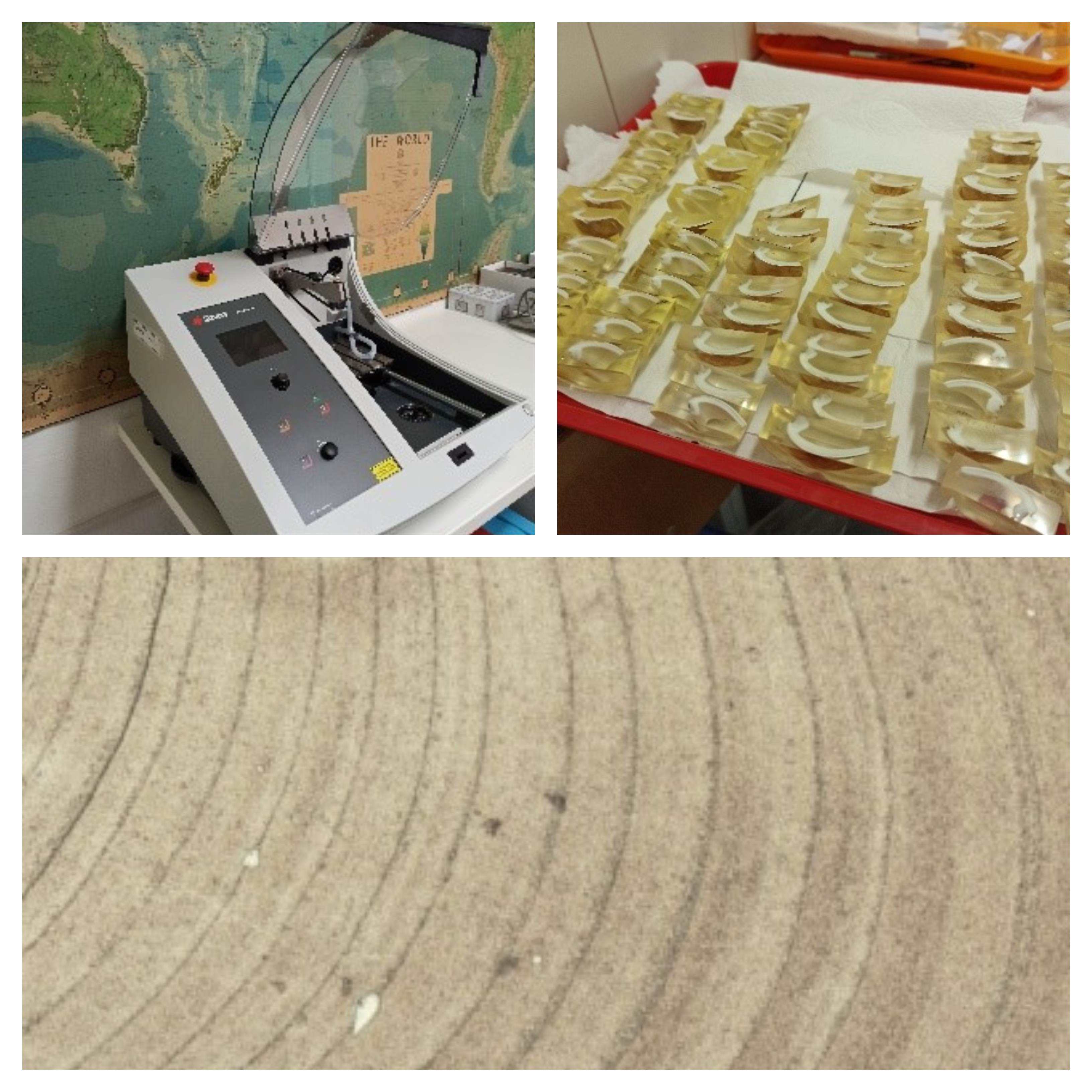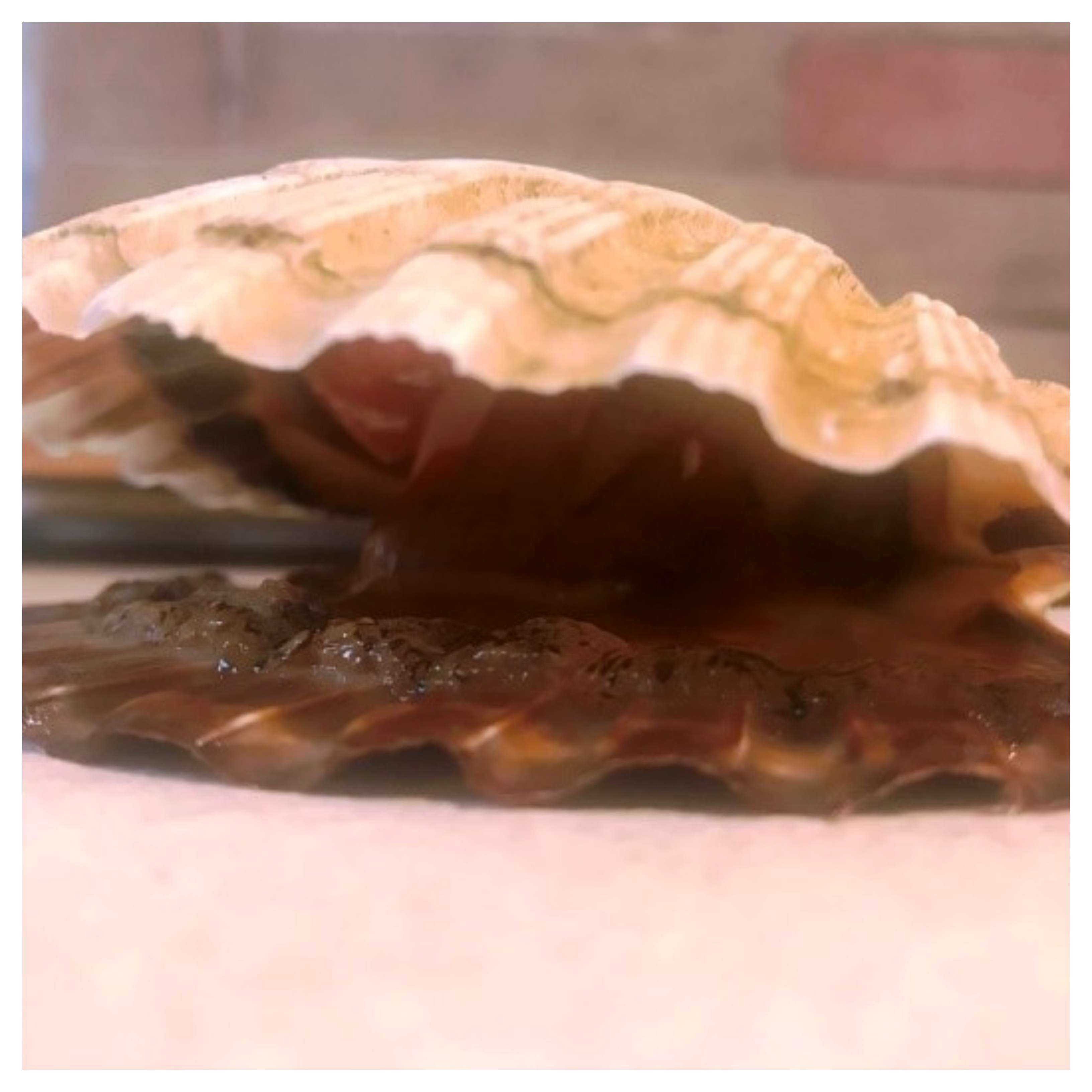Fieldwork in Krka river esturay
Fifth bi-monthly fieldwork collection of mussel Mytilus galloprovincialis succesfully completed. Sampling is conducted in a framework of BiVACME project and includes three sampling stations in Krka river estuary and a control station at mussel aquaculture site near Tribunj. Objective of this study is comparison of nitrogen stable isotopes in tissue and shell of Mytilus galloprovincialis and their evaluation as proxy for nitrogen changes in the coastal environment.










